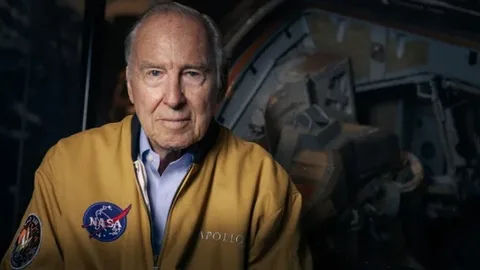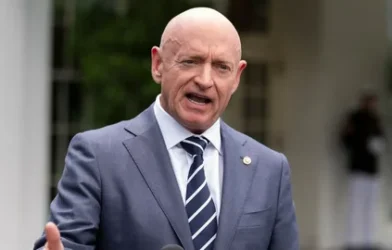Introduction
Jim Lovell is one of the most admired figures in the history of space exploration. As a NASA astronaut, he played a key role in several important missions, but he is best known for commanding Apollo 13, the mission famously described as a successful failure. His leadership, calm under pressure, and dedication to teamwork turned what could have been a tragedy into one of NASA’s most remarkable stories.
Early Life and Inspiration
Born on March 25, 1928, in Cleveland, Ohio, James Arthur Lovell Jr. grew up fascinated by aviation and science. Even as a boy, he was captivated by rockets and the possibilities of space travel. After attending the United States Naval Academy and graduating in 1952, he became a naval aviator, honing his skills in navigation and precision flying. These early experiences would later prove essential in his astronaut career.
Joining NASA
Lovell joined NASA in 1962 as part of the second group of astronauts. Before his Apollo missions, he gained valuable experience in the Gemini program, flying on Gemini 7 with Frank Borman in 1965 for a record-setting 14-day mission. The next year, he commanded Gemini 12 with Buzz Aldrin, completing crucial experiments and spacewalk training that prepared NASA for the Moon program.
Apollo 8 and the First Moon Orbit
In December 1968, Lovell served as command module pilot for Apollo 8, the first manned mission to orbit the Moon. Alongside Borman and William Anders, Lovell became one of the first humans to see Earth as a small blue sphere in the vastness of space. Apollo 8’s success brought the United States a major step closer to the first Moon landing and remains one of the most memorable moments in space history.
Apollo 13: A Mission in Crisis
On April 11, 1970, Lovell launched as commander of Apollo 13 with Jack Swigert and Fred Haise. The mission’s original goal was a Moon landing, but two days in, an oxygen tank exploded, severely damaging the spacecraft. Lovell’s calm announcement to mission control — “Houston, we’ve had a problem” — marked the start of an intense survival effort.
The crew used the lunar module as a lifeboat, working with mission control to conserve resources, improvise repairs, and navigate manually. Despite extreme challenges, Lovell’s leadership and teamwork helped bring the crew safely back to Earth. Apollo 13 became a textbook example of problem-solving under pressure.
Life After NASA
After retiring from NASA and the Navy in 1973, Lovell entered the business world, taking on leadership roles in various companies. He also became a sought-after speaker, sharing lessons on leadership, teamwork, and perseverance. His story reached even wider audiences through the 1994 film “Apollo 13,” where Tom Hanks portrayed him. Lovell himself made a cameo appearance in the movie.
Awards and Recognition
Lovell’s contributions earned him numerous honors, including the Presidential Medal of Freedom, NASA Distinguished Service Medals, and induction into the Astronaut Hall of Fame. His reputation as a calm, capable leader under extreme pressure has made him a role model for astronauts, engineers, and anyone facing high-stakes challenges.
Lessons from Lovell’s Career
Jim Lovell’s career shows the importance of preparation, teamwork, and resilience. Whether facing the unknown in space or navigating life on Earth, his approach demonstrates how clear thinking and collaboration can turn a crisis into an achievement. His leadership during Apollo 13 remains a benchmark for crisis management.
Conclusion
From his early dreams of flight to guiding Apollo 13 safely home, Jim Lovell’s story is one of courage and determination. His place in history is secure as both an accomplished astronaut and a symbol of perseverance. For anyone seeking inspiration, Lovell’s life proves that challenges, no matter how daunting, can be overcome with skill, teamwork, and an unshakable will to succeed.













Comments are closed